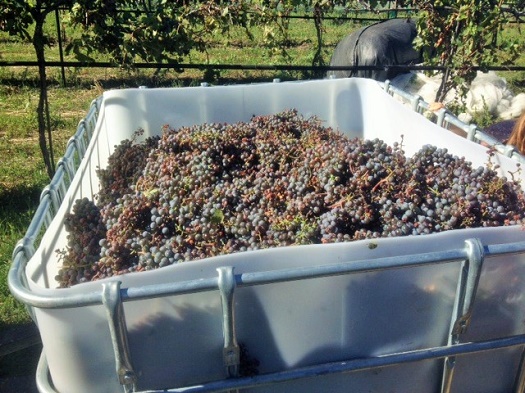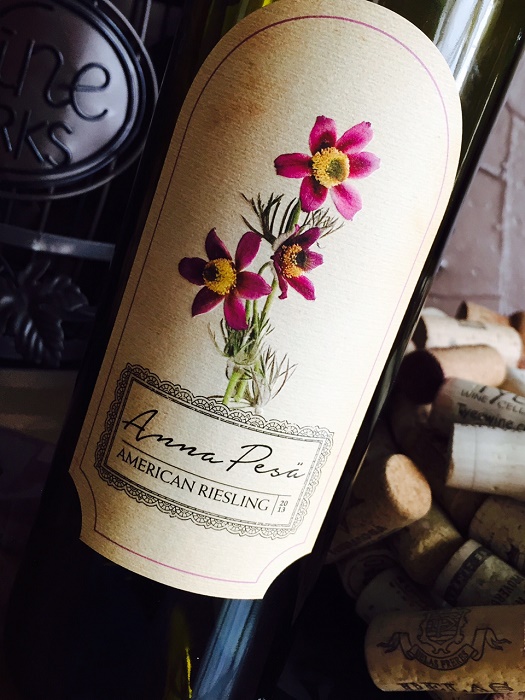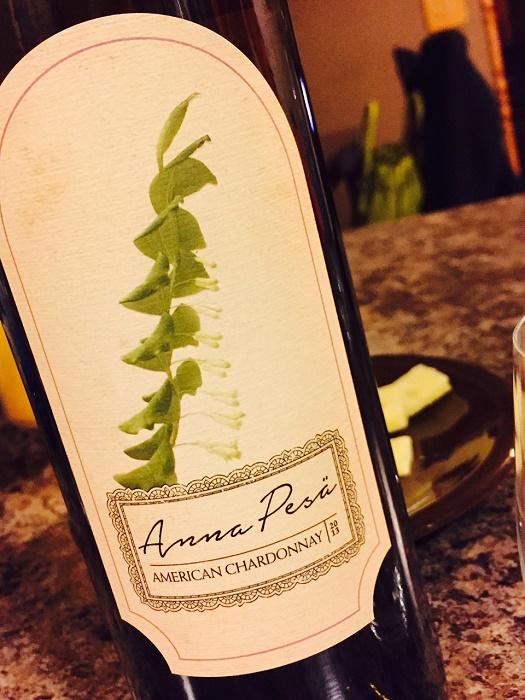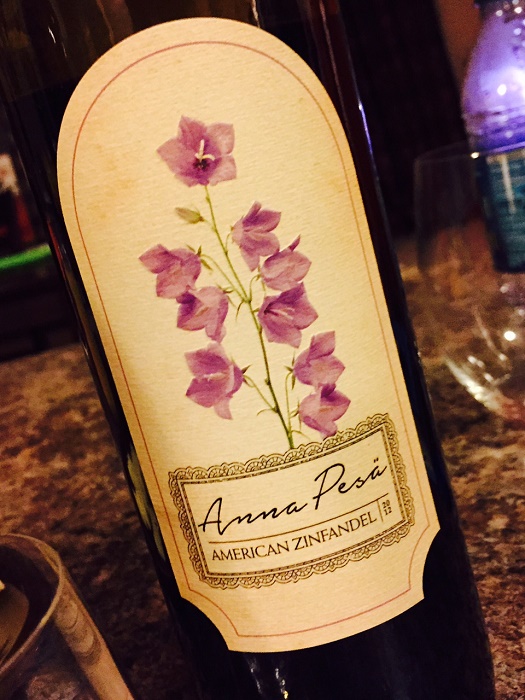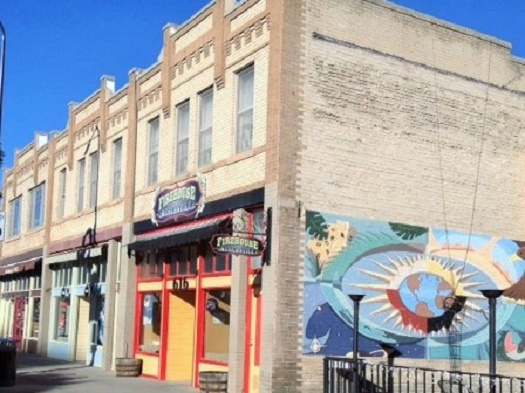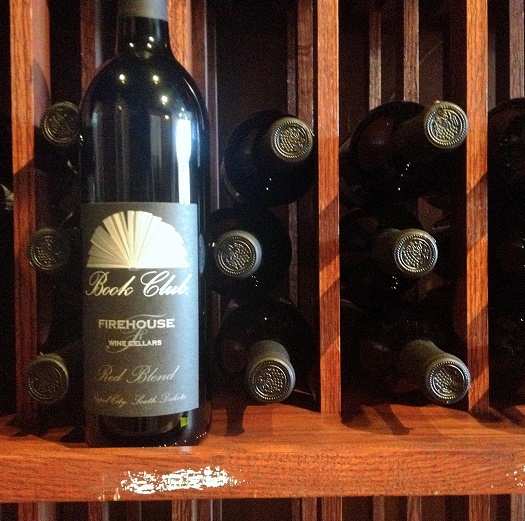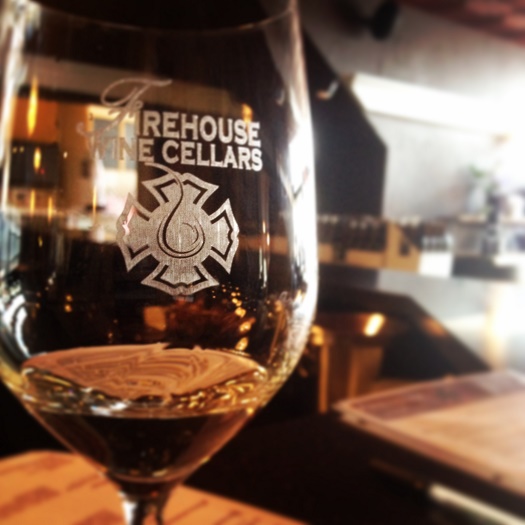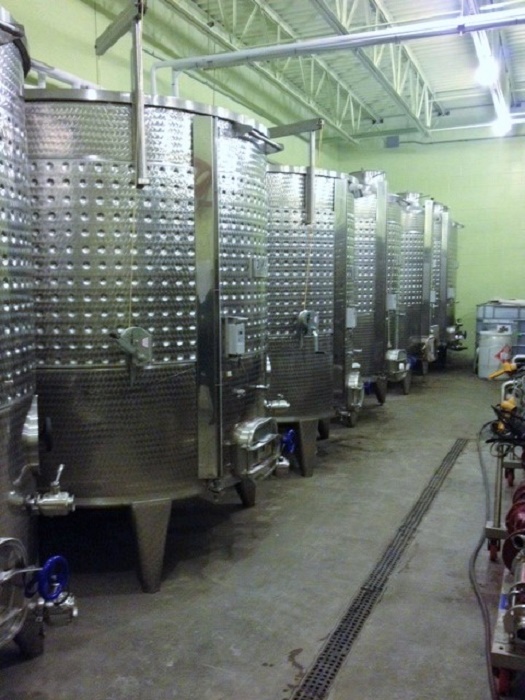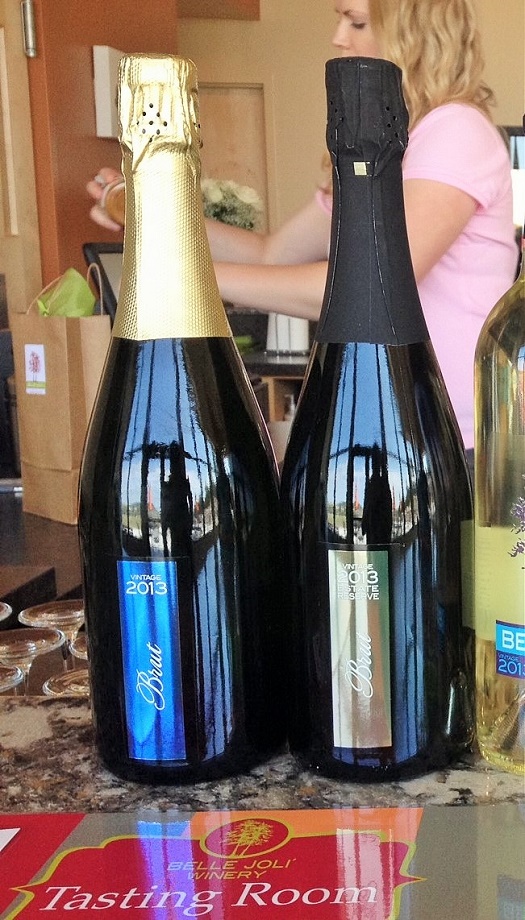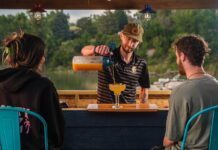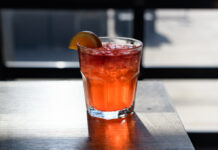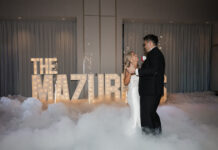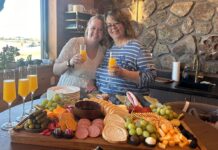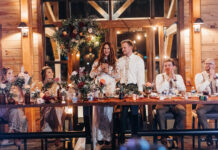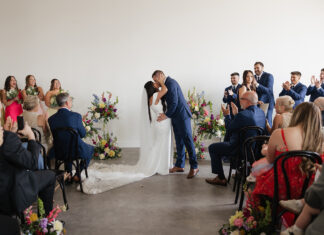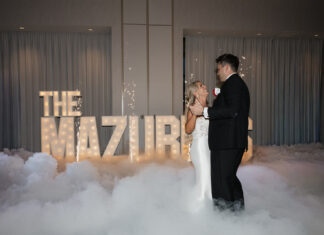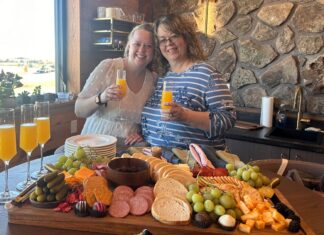By Kara Sweet
The picturesque granite face of George Washington peeks through the forest around a corner. The eroded hills of the Badlands spread for miles to meet the prairie. The steep summit of Crow Peak looms over the valley below. As much as these have made South Dakota famous, it—and many other Midwestern states—have also become well-known for sweet wines made from fruits other than grapes.
Not that there is anything wrong with these styles of wines, there’s not; many consumers absolutely love them. However, “serious” wine drinkers tend to turn their noses up at wines from states with young wine trades and believe there are no wines for veteran wine lovers to sip. Guess what? There are! Many South Dakota choices are available for even the most serious wine drinkers.
Prairie Berry truly put South Dakota wines on the map with its famed Red Ass Rhubarb (from SD grown rhubarb and raspberries) and Pumpkin Bog (also from SD produce), but for years Prairie Berry has been making other wines that traditional drinkers would enjoy. In the past, most of these were Legacy wines, produced primarily for Legacy Wine Club members. Recently, Prairie Berry released a brand-new line of wines called Anna Pesa wines. These excellent wines are made in a European tradition, much like the wines current winemaker Sandi Vojta’s great-great grandmother would have created in the old country of Moravia.
Anna Pesa Riesling: Listed as a semi-dry Riesling, this serious Riesling will renew faith in the grape. On the nose, it smells of the traditional slight petrol, stone, and apple aromas. On the palate, the green apple and acid with minimal sweetness make it reminiscent of dry styles from Germany or New York State. So unique, yet so Riesling, it is a wonderful food-pairing wine. This is a wine worth buying on multiple occasions.
Anna Pesa 2013 Chardonnay: This is an old-world inspired chardonnay. Buttery herbs are on the nose, yet the palate is very surprising with zippy acid and golden-delicious apple flavors. Not an over-oaked California style, and so much more complex all the way to the finish, pair this with light foods.
Anna Pesa 2012 Zinfandel: Aged a year longer than the Anna Pesa whites, the zinfandel is very spicy on the nose, with black pepper, dried herb, mushroom, and earth. A beautiful, deep garnet color, the spice carries through on the palate with great tannins. This has a light berry essence that is more pronounced on the finish. Good balance between the tannin, acid, and fruit to pair with robust foods, like lamb and beef.
Anna Pesa 2012 Cabernet: Ruby red in color, this wine is more robust than the zin, but definitely more restrained than a bold California Cab. Dried sage and boysenberry on the nose, its fruit is the first taste on the palate. Then the strawberry and blueberry mellows to even tannins with slight white pepper on the finish. It would be one of the easiest Cabernet Sauvignons to pair food with because of the balance between tannin and fruit.
Firehouse Wine Cellars produces wines chiefly from California fruit at this point. Even though much of the fruit is sourced from out of state, production happens in the downtown Rapid City facility with Firehouse brewer Mike Kilroy at the helm and production consultation from Rich Tanguay, a California wine consultant. More local grapes will be used for wines in the future when larger harvests from Old Folsom Vineyards just outside of Rapid are available. Until then, unique wines from unusual grapes (such as viognier and Gewurztraminer) are available.
Book Club Red Blend: A sangiovese and syrah blend, this wine is reminiscent of the strong Italian wines from Tuscany. On the nose and the palate, Book Club Red is full of spice, dried herb, and black berry fruits. Filled with smooth tannins, this wine is a great, bold sipper or a good partner for robust foods.
Liquid Therapy Pinot Noir: Pinot noir lovers can rejoice in this bottle. Typical of a French-inspired wine, the beverage is packed with plum, earth, and a hint of mint. Medium-bodied but not over-ripe like some California pinots, this wine is very food-friendly and has the ability to pair with multiple dishes, from white meats to red meats to pungent cheeses.
White Label Chardonnay: Un-oaked and also French-inspired, this is a crisp and clean chardonnay. Not buttery like the over-oaked options from many regions, green apple and citrus come through on the nose and palate. Open this up with seafood for a perfect delight.
Belle Joli Winery’s new tasting room and sparkling production facility on the edge of Sturgis is a beautiful building. Belle Joli grows much of its own fruit in its vineyards inside Belle Fourche or just outside of Belle. Newly planted vines also grow just in front of the innovative facility; fruit will be harvested from these vines for wine production in the next couple of years. Even more impressive is the fact that Belle Joli produces sparkling wines in the traditional method, meaning in the way that actual Champagne is made in the Champagne region of France. Wine maker and trained enologist from University of California Fresno Matthew Jackson has worked to perfect not only his still wines but his new line of sparklers, too.
Belle Joli Marquette: Though red wine grapes are somewhat difficult to grow in the harsh conditions of the Black Hills, the Marquette wine—made from the hybrid Marquette grape grown outside of Belle Fourche—is a medium-bodied red wine with red fruit and spice; the bottle also has a nice balance of acid (from the South Dakota growing season) and tannin. Pair this wine when you would usually go for a pinot noir.
Estate Reserve Brut Sparkling: Because this wine is made in the traditional Champagne method, it is filled with yeast and dough smells on the nose—the customary smell of traditional sparkling wines. The Belle Joli La Crescent estate fruit from outside of Belle Fourche is used for these wines, leading to unique smells other than the yeast. The brut level of sweetness means it is a dryer style of wine, great for sipping or pairing with white meats, light salads, or seafood.
Brut Sparkling: Also made in the traditional Champagne method, this style uses Riesling fruit sourced from Matthew’s UC Fresno classmates in California instead of estate grown fruit like the Estate Reserve. Still in the brut level of sweetness, so a dry sparkler, it has the expected smell of yeast on the nose. Because of the use of Riesling grapes, there is fruit and the hint of the usual Riesling characteristics. Pair similar to the Estate Reserve Brut—with white meats, light salads, or seafood.
South Dakota is a wonderland of natural and man-made beauty for tourists and residents alike. Long known for Mount Rushmore, the Badlands, and the Black Hills, the state has so much to offer. In addition to the robust tourist industry, the wine trade in the area is quickly growing strong.
Many believe states in the Midwest do not make wines that “serious” wines drinkers can enjoy. This is incorrect. South Dakota has wineries that produce very unique sweet wines that show the rural and agricultural character of the area. However, these wineries also make wines that veteran wine lovers who appreciate dryer wines can enjoy. These wines continue to show the state as a unique environment, but also a place that knows how to produce wines for even the most demanding palates.
About Kara:
Kara Sweet is a certified sommelier through the International Wine Guild and intro level somm through the Court of Master Sommeliers; she does wine education classes and events throughout the Black Hills and surrounding areas. Follow all things food, wine, and the Black Hills on her blog,thesweetsommelier.blogspot.com.
Facebook: The Sweet Sommelier
Twitter: @SweetSommelier


